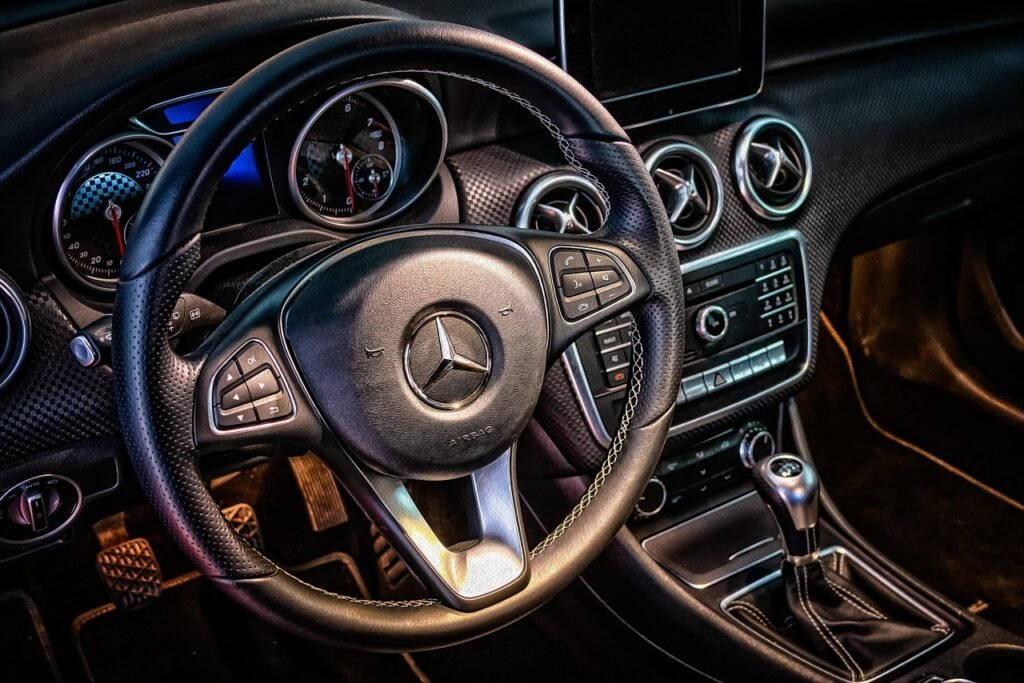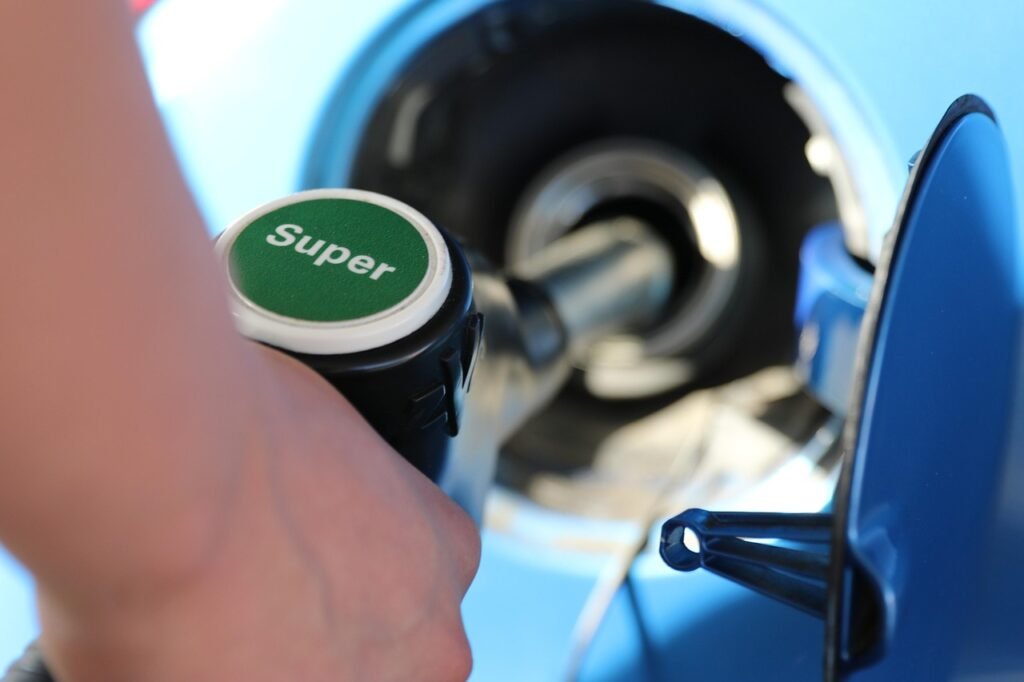Maruti Suzuki is India’s largest car manufacturer and a name that has become synonymous with reliability, affordability, and value for money. Over the decades, the brand has successfully adapted to changing consumer preferences and stricter regulatory standards. One of the most significant areas of evolution is its powertrain technology—the heart of a vehicle that defines performance, efficiency, and environmental impact.

As India transitions into a more eco-conscious automotive market, Maruti Suzuki is gradually moving from conventional internal combustion engines (ICE) to a combination of hybrid, electric, and flex-fuel powertrains. This article offers a detailed insight into the current status and future roadmap of Maruti Suzuki’s powertrain technology.
Understanding Powertrain: The Driving Force
A powertrain includes all the components that generate power and transmit it to the wheels—engine, transmission, driveshaft, differential, and axles. In simpler terms, it’s the entire system responsible for moving your vehicle forward.
Powertrain technology isn’t just about horsepower or top speed anymore. Today, it’s about striking the right balance between performance, fuel efficiency, and emissions control—areas where Maruti Suzuki is making steady advancements.
Phase 1: From F8D to K-Series – A Legacy of Efficient Petrol Engines
Maruti’s journey began with small-capacity, efficient engines such as the 796cc F8D in the iconic Maruti 800. Over time, it introduced the K-series engine family, which has become the backbone of its petrol vehicle lineup.
Key K-Series Engines in Use Today:
- K10C (1.0L Dual Jet, Dual VVT) – Used in Alto K10, S-Presso
- K12N (1.2L Dual Jet, Dual VVT) – Powers Swift, Baleno, and WagonR
- K15C (1.5L Dual Jet, Dual VVT) – Found in Brezza, Ertiga, and XL6
These engines are designed for low emissions, better combustion, and improved mileage. With Dual Jet and Dual VVT technology, Maruti has optimized fuel efficiency without compromising on drivability.
Phase 2: Smart Hybrid Technology – Mild Hybrids for Real-World Use
Maruti Suzuki was one of the first Indian automakers to bring mild hybrid systems to the mass market. Its Smart Hybrid Vehicle by Suzuki (SHVS) technology pairs a petrol engine with an Integrated Starter Generator (ISG) and a dual battery setup.
Key Features:
- Idle Start-Stop System
- Brake Energy Regeneration
- Torque Assist Function
This system is available in models like the Ciaz, Ertiga, XL6, and Grand Vitara (Petrol). Though not as powerful as a full hybrid, it offers real-world fuel efficiency benefits—making it an effective bridge between traditional ICE and strong hybrid systems.
Phase 3: Strong Hybrid Technology – In Collaboration with Toyota
Maruti Suzuki took a significant leap with the introduction of strong hybrid systems developed through its global partnership with Toyota. This powertrain, found in the Grand Vitara and Invicto, uses a combination of petrol engine and electric motor to deliver impressive mileage and lower emissions.
Technology Highlights:
- Self-Charging Hybrid (No plug-in required)
- EV Mode at low speeds
- Petrol-Electric Power Switching based on driving conditions
- Fuel Efficiency up to 27.97 km/l (ARAI claimed)
This marks Maruti’s entry into more advanced, electrified powertrains and aligns with India’s fuel economy and emission goals.
Phase 4: Battery Electric Vehicles (BEVs) – The Future Begins with eVX
Maruti Suzuki’s first all-electric SUV, eVX, is set to debut by March 2025. It will be built on the new Heartect-e skateboard platform, jointly developed with Toyota.
Expected Specifications:
- Two battery options – 49 kWh and 61 kWh
- Range up to 550 km
- Front-wheel and All-wheel-drive variants
- Manufactured in India for global markets
The eVX will mark the beginning of Maruti’s EV era. Six more electric models, including EV versions of Wagon R, Swift, and Fronx, are expected to follow by 2030.
Phase 5: In-House Strong Hybrid Development
While the first wave of strong hybrids came from Toyota, Maruti Suzuki is now developing its own hybrid powertrain, focusing on a series-parallel architecture. Unlike conventional systems, the engine generates electricity, while the electric motor drives the wheels directly.
Upcoming Hybrid Models:
- Fronx Hybrid (Mid-2025)
- Baleno Hybrid (2026)
- Compact MPV (Codename: YDB) – Expected by 2026
The new in-house system is expected to offer mileage upwards of 35 km/l, making it one of the most efficient hybrid setups in its segment.
Phase 6: Flex Fuel and Ethanol-Based Vehicles
In response to government initiatives around ethanol blending, Maruti Suzuki is actively working on flex-fuel variants capable of running on ethanol blends from E20 to E100.
- 25% of vehicles will be E20 compatible by 2030
- Flex-fuel-ready Brezza showcased with up to 85% ethanol compatibility
- Reduced carbon emissions and fuel import bills
This initiative aligns with the CAFE-3 norms that incentivize cleaner technologies.
A Multi-Path Strategy: Not Just One Future
Rather than relying solely on electric vehicles, Maruti Suzuki is following a multi-path strategy—a blend of:
- Petrol and Mild Hybrid
- Strong Hybrid
- CNG
- Electric Vehicles
- Flex-Fuel Engines
This allows the company to meet a diverse set of customer needs, regulatory challenges, and infrastructure limitations across India.
Conclusion: A Balanced Approach to the Future
Maruti Suzuki’s powertrain journey is a case study in thoughtful, phased innovation. From simple, fuel-efficient petrol engines to hybrid systems and now electric mobility, Maruti is not just adapting but shaping the future of Indian automotive technology.
By offering a range of powertrain choices across segments, Maruti is making clean mobility accessible to the masses without pushing them into premature transitions. As EV infrastructure develops and ethanol blending becomes mainstream, Maruti is ready to ride the wave—ensuring its long-term dominance in the Indian automotive landscape.

